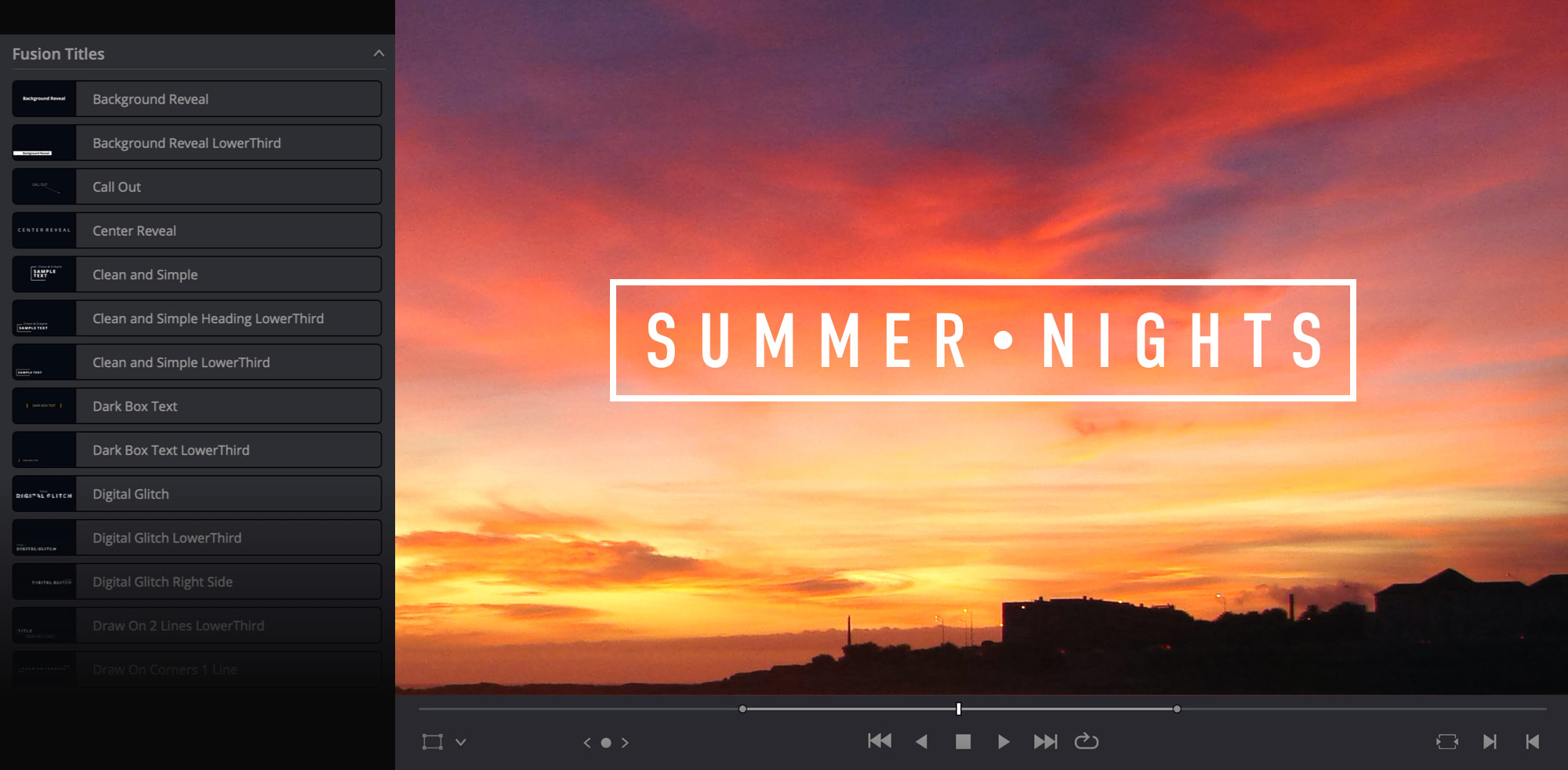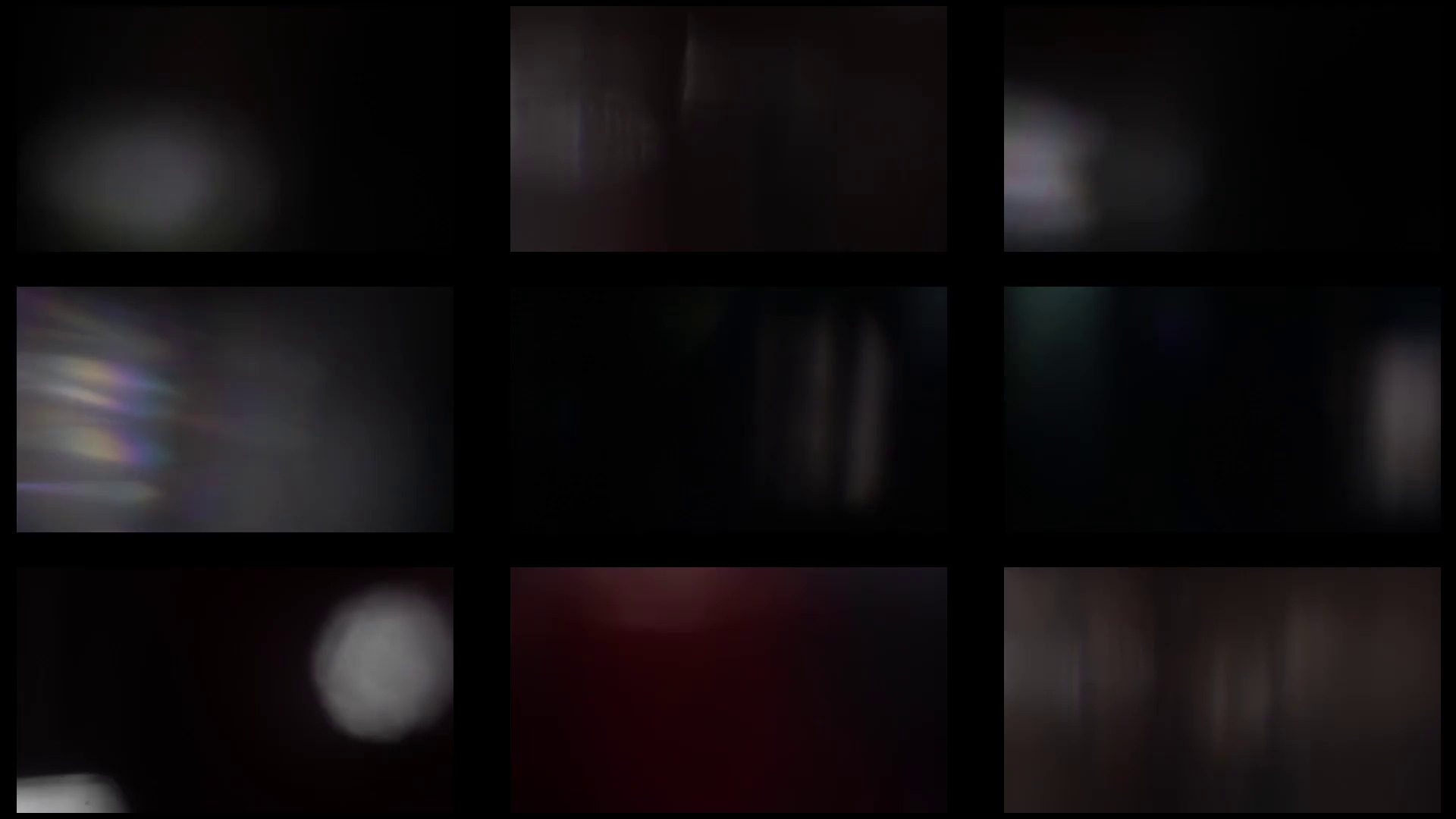


Now drag a line from the Media In node to the Brightness node, and then from the Brightness node to the Media Out node, and your effect should be applied. Hover your mouse over the line between your Media In and Media Out nodes, and click on the right side to remove the line. This new node isn’t connected to anything, so Fusion doesn’t know what you want to do with it. That’s because we need to set up the nodes so that they can interact with each other. With that new node selected, you’ll see its settings in the Inspector window, but if you change the values, nothing on your image will change. To add a node, click and drag something from the toolbar into the node window. By default, you’ll have two nodes, Media In and Media Out, which tells Resolve to bring IN the clip you selected, and then render it OUT – a fancy way of saying, these two nodes play your main video clip. Think of it like a filter, that you can stack more filters on top of. Confused? Don’t worry, we’ll break it down.Ī node is just an instruction. Rather than stacked layers, you are working with a set of instructions. Fusion does not use layers, it uses nodes. You’ll see your footage in a viewer window, as well as some nodes. With a clip selected in your timeline, click on Fusion. It’s a little bit using After Effects, except it all happens within Resolve itself. But where Resolve shines in animation is their more advanced tool, called Fusion.įusion is one of the pages at the bottom of Resolve, and it’s where a lot of the advanced tools live. It doesn’t work quite as well as Premiere Pro, at least in its current form. You can even click on the keyframe symbol to gain access to the curve chart and adjust the animation as you see fit. Simply drag the preset onto the side of the clip you want the transition to happen on, then you can drag it out to change the length. This transition can also be achieved by creating an opacity keyframe animation, but using this preset is just easier. In the Effects Library, open up Video Transitions, and select any of them. Moving on from keyframes, if you want to do a simple animation, you might just want to use a preset one. If you want to delete a keyframe, select that keyframe and press the Delete key.

To move a keyframe, simply select it and drag it. This will give you the finest control over your animation, while still keeping it simple. Select the nodes and you will also be able to adjust the curve slightly, to change how aggressively the speed ramps, and in what way. Click on the graph symbol next to the keyframe symbol. You can actually have a little bit more control over the animation. As we can see, this works just fine, and creates a smooth animation. We’ll create our keyframes, then right-click to ease them. Let’s try a zoom animation, and use eases on it. A more advanced animation will combine these different properties and use them in tandem. You can create an animation for zoom, rotation, opacity, and more. But as we can see when doing it on a Position keyframe, Resolve just doesn’t do it. To add an ease to a keyframe, just select and right-click the keyframe, then select Ease In or Ease Out, whichever shows up. Unfortunately for Resolve users, this feature doesn’t work reliably. Objects in real life have to ramp up in speed, they don’t just start moving at a consistent speed. This makes the animation ramp into and out of an animation. One thing that really sells an animation and makes it look natural is keyframing easing. Your layer will move across the screen, and if you want to adjust it you can either change the numbers while your playhead is on the keyframe, or you can drag a keyframe to make an animation shorter or longer. So for example, create a second Position keyframe in a different position, then play it back. Move the play head somewhere else and change the property to a different number. This is kind of like the effects control panel in Premiere Pro, except it only shows the properties that are being edited. Now you’ll be able to see all of the animation properties that you’ve added, and no more. This will show all the keyframes on one line though, so expand this by clicking the arrow on the side. Click on this to expand the viewer and see all of your keyframes. Now that you’ve added a keyframe, the animation logo will appear in the very bottom right of the layer. Move your playhead to where you want the animation to begin, and set a keyframe by clicking on the diamond symbol next to the property. In the Inspector window, look for Position. But you can also start doing some animation. In the Inspector panel, you can adjust things like font type. From the Edit panel, click on Effects Library, Titles, and drag a Text title onto your timeline. The most basic and common graphics in resolve are text titles.


 0 kommentar(er)
0 kommentar(er)
